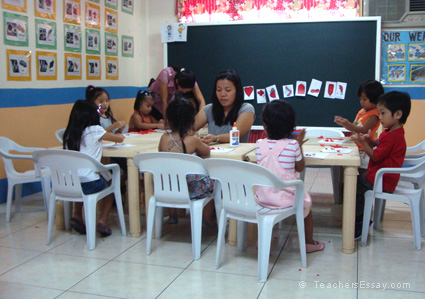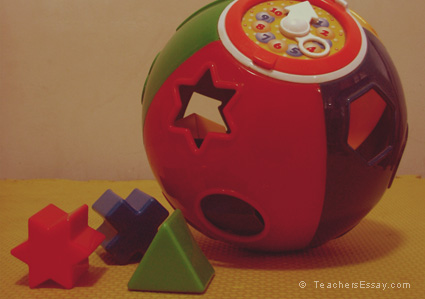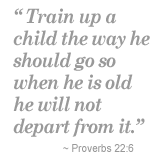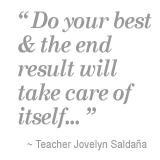 Being in the teaching profession and knowing that every child has an eagerness to learn, teachers must not be satisfied in doing his daily tasks in school but must be creative in teaching different subject areas and should consider the needs of their pupils. In our modern technological world, there is also a demand to explore the application of creativity.
Being in the teaching profession and knowing that every child has an eagerness to learn, teachers must not be satisfied in doing his daily tasks in school but must be creative in teaching different subject areas and should consider the needs of their pupils. In our modern technological world, there is also a demand to explore the application of creativity.
Teachers must provide meaningful activities to their learners specially in teaching tool subjects like Science, English and Mathematics. Children should be given exercises and hands-on activities not only to develop pupil instructional materials interaction but also to encourage them to discover ideas based on their experiences. Children have different learning styles, some of them are interested in visual information and some are interested in auditory an ability that’s why teachers need to consider all these factors in preparing the days’ lesson. Continue reading “Creativity in Teaching Different Subject Areas”

 It is therefore that once we start on something, we have to be consistent in doing so.
It is therefore that once we start on something, we have to be consistent in doing so.
 Proverbs 22:6 says, “Train up a child the way he should go so when he is old he will not depart from it.” This verse pointed out not only the parent’s role in molding a child but it also connotes challenge to teachers by guiding and bringing out the best in every human being.
Proverbs 22:6 says, “Train up a child the way he should go so when he is old he will not depart from it.” This verse pointed out not only the parent’s role in molding a child but it also connotes challenge to teachers by guiding and bringing out the best in every human being. The teacher’s ability to cope with disciplinary problems means a great deal in terms of personal happiness and instructional efficiency. The teacher who has tried but failed to maintain order in the classroom walks with heavy heart of failure instead of the experience of happiness and satisfaction that can come from teaching.
The teacher’s ability to cope with disciplinary problems means a great deal in terms of personal happiness and instructional efficiency. The teacher who has tried but failed to maintain order in the classroom walks with heavy heart of failure instead of the experience of happiness and satisfaction that can come from teaching.